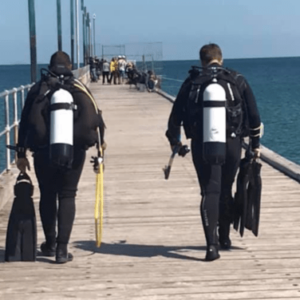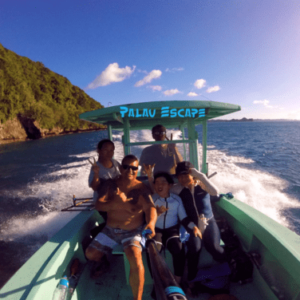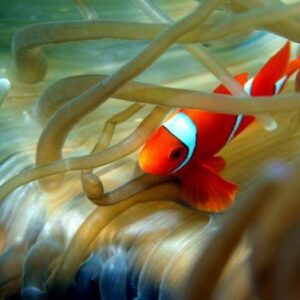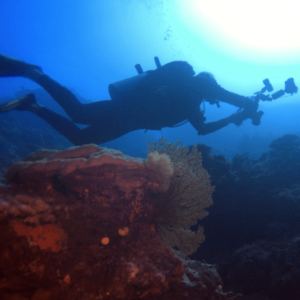Bring Pacific Dreams to Life
For those who live in Oceania, diving in Micronesia offers a way to explore the ocean depths closer to home than the islands of the Caribbean. However, there is also plenty for international visitors to explore.
Islands like Fiji, Bora Bora, and French Polynesia are popular with honeymooners and young families alike with their relaxed islander cultures and pristine sandy beaches. Australia and New Zealand offer the familiarity of Western culture with magnificent landscapes (including scuba diving in Australia’s Great Barrier Reef), and there’s plenty to do on the coast and in the major cities.
Whichever country you visit in the Pacific, you can be assured of a breathtaking landscape of wrecks, marine life, coral reefs, and deep dives to satisfy everyone from the novice to the most experienced diver.
Find The Best Dives in Every Location
For anyone heading off for a family getaway or traveling the world with a checklist of wrecks to explore, Search Scuba makes it easy to find the best spots for diving in Micronesia and scuba diving in the Pacific Ocean. Browse dives by country, dive type, experience level, and facilities to find your next scuba adventure today!

















